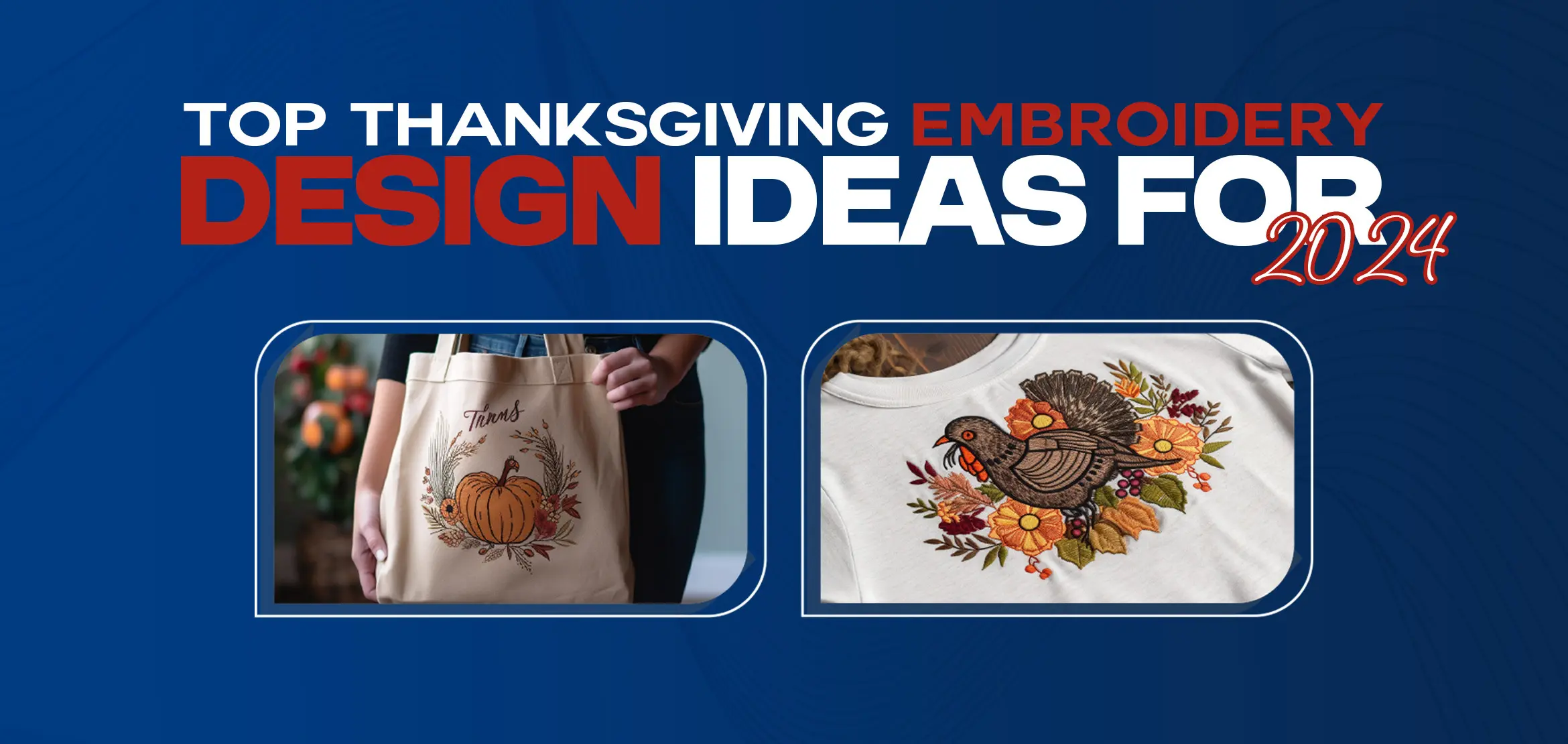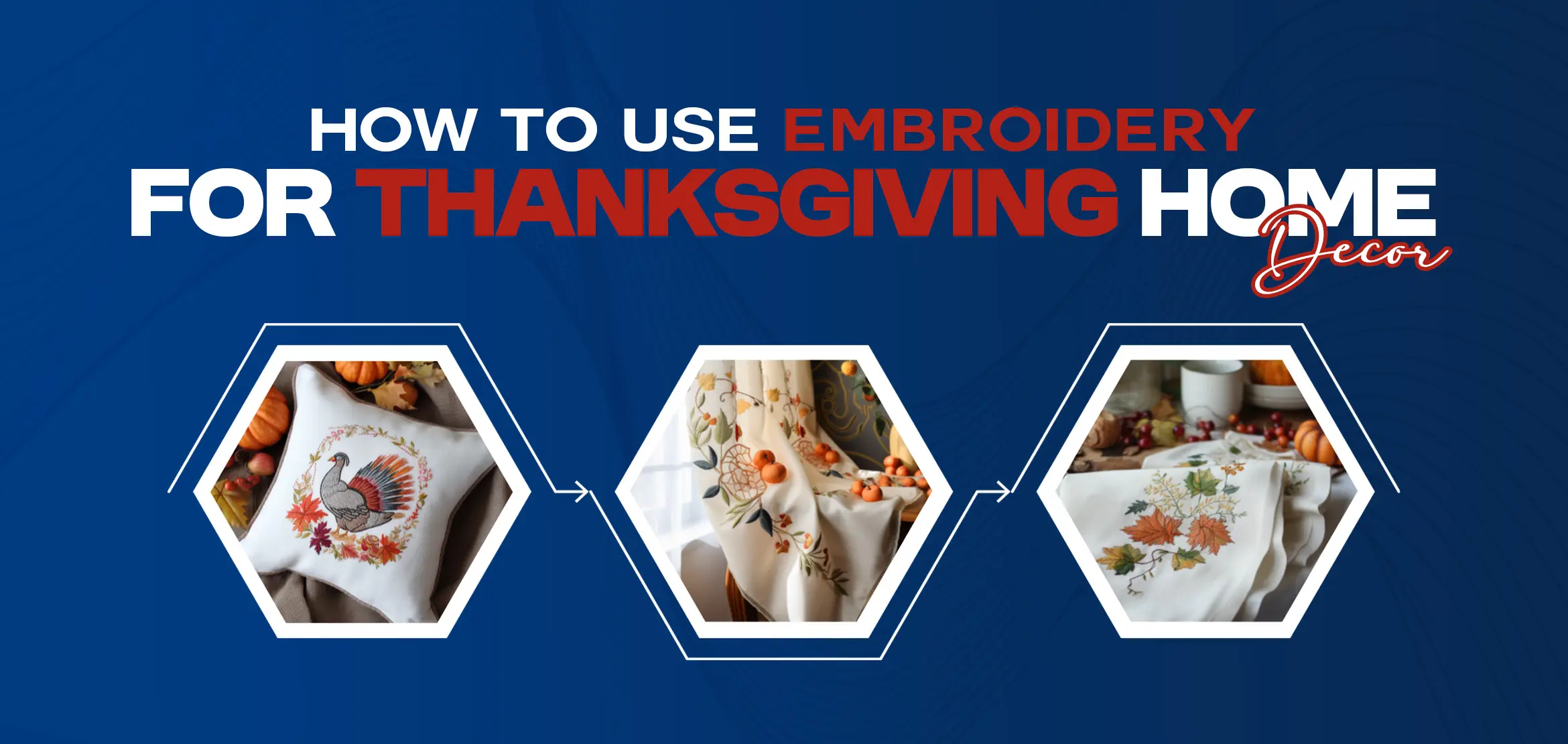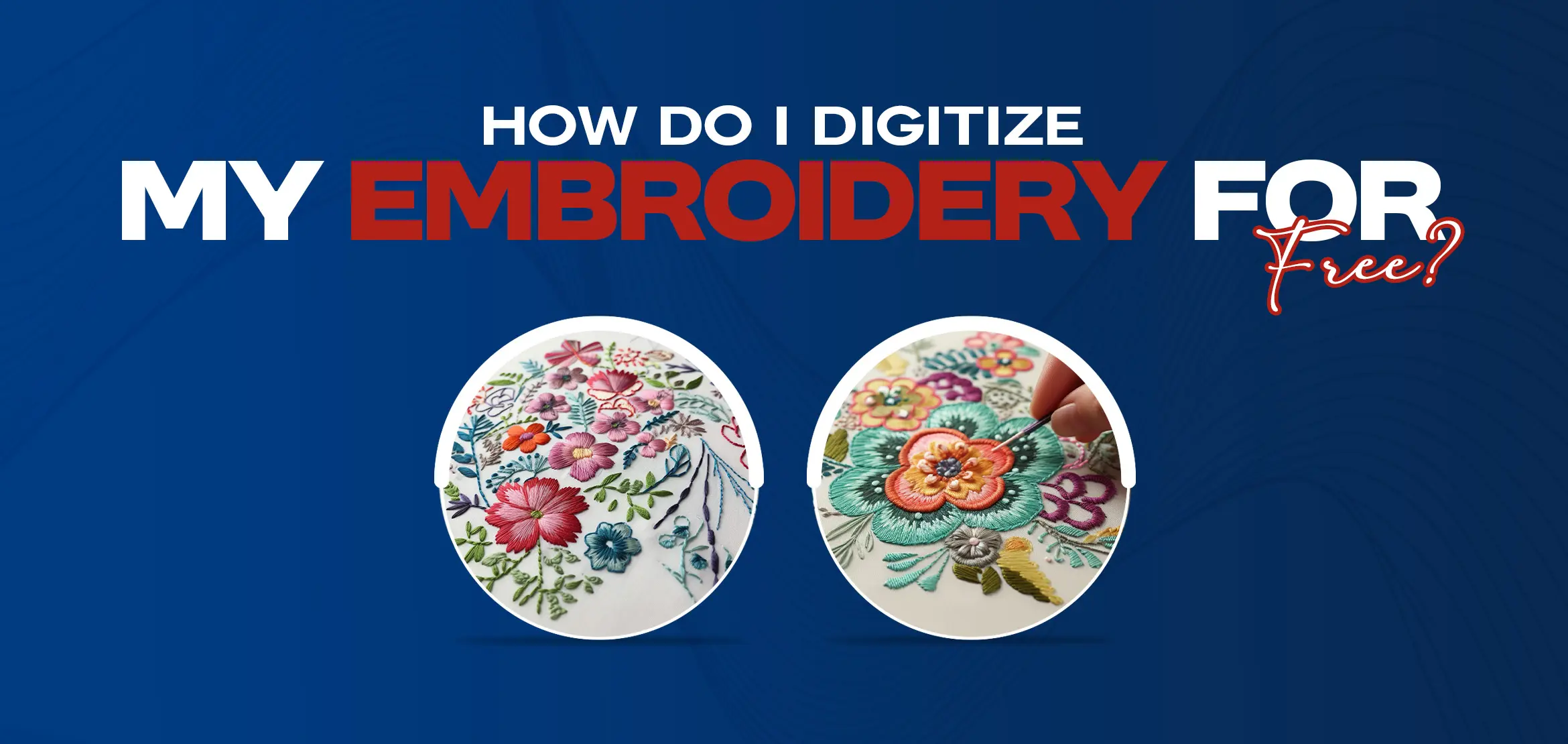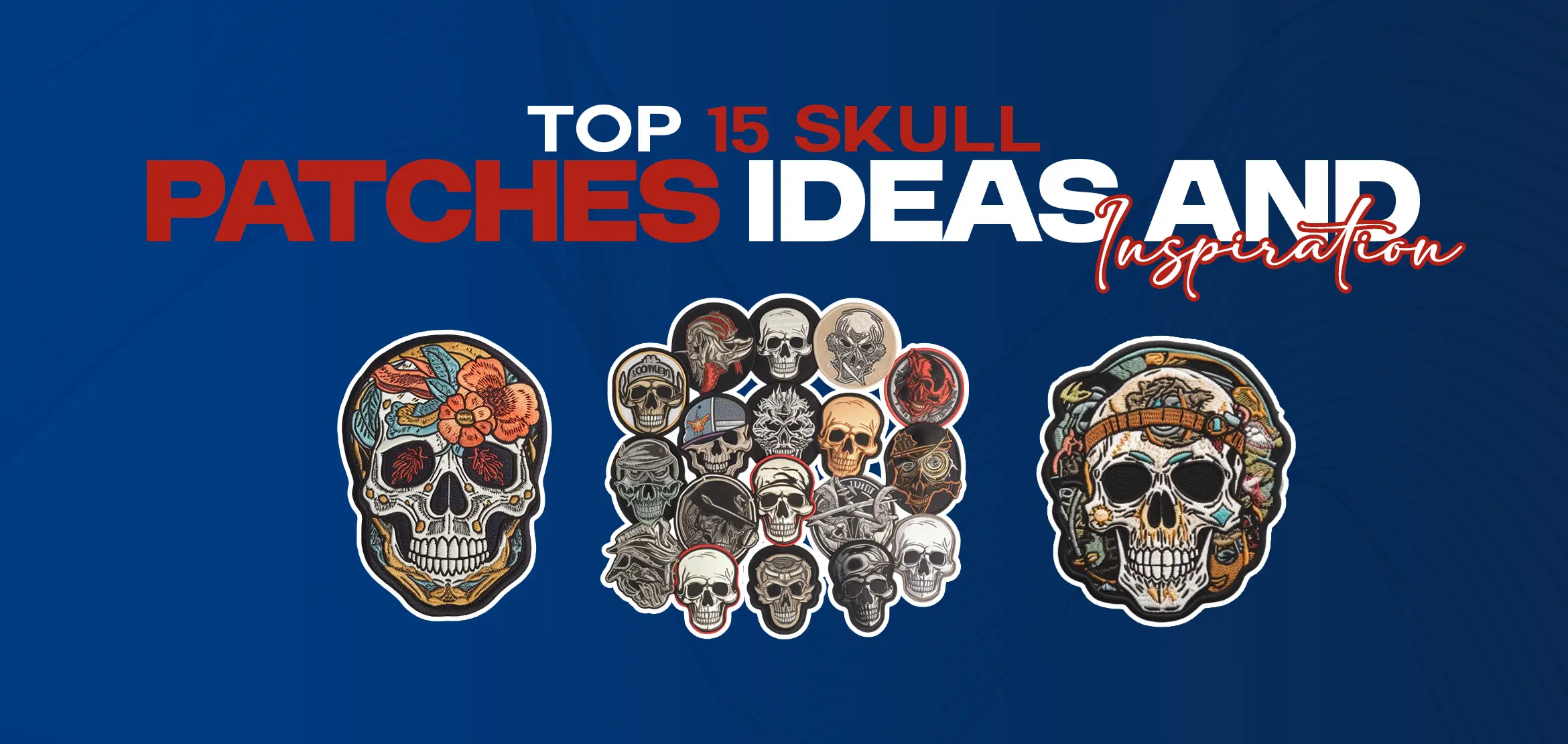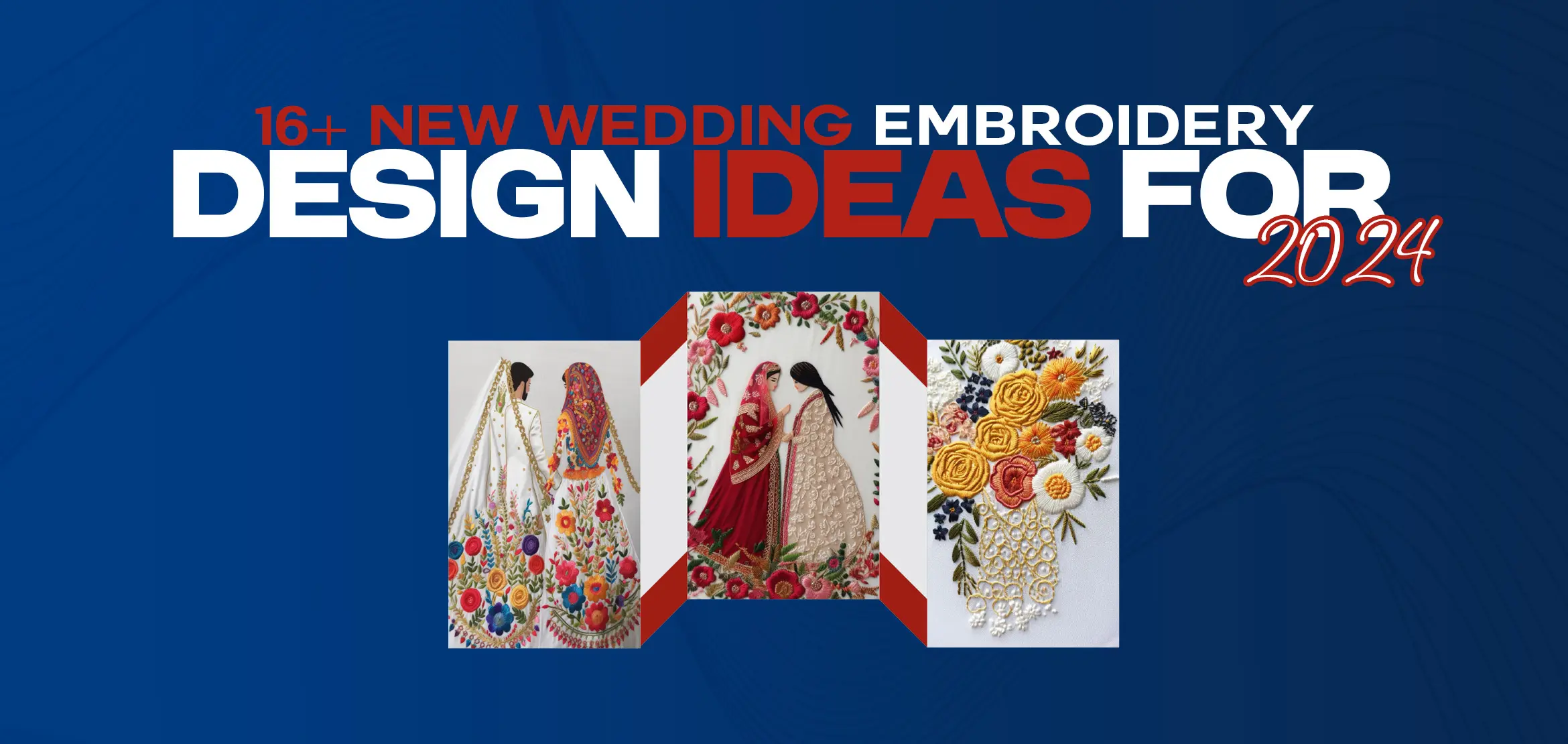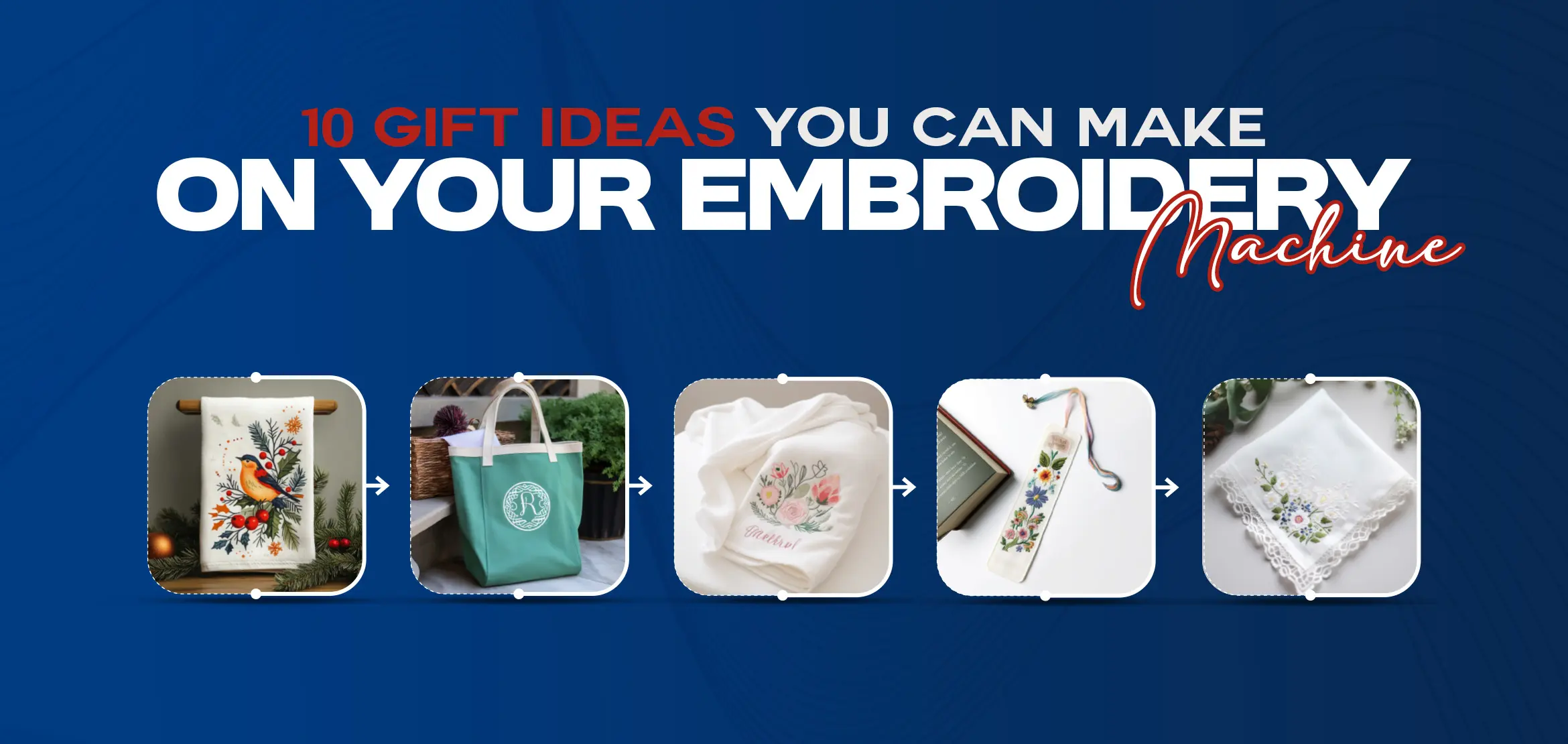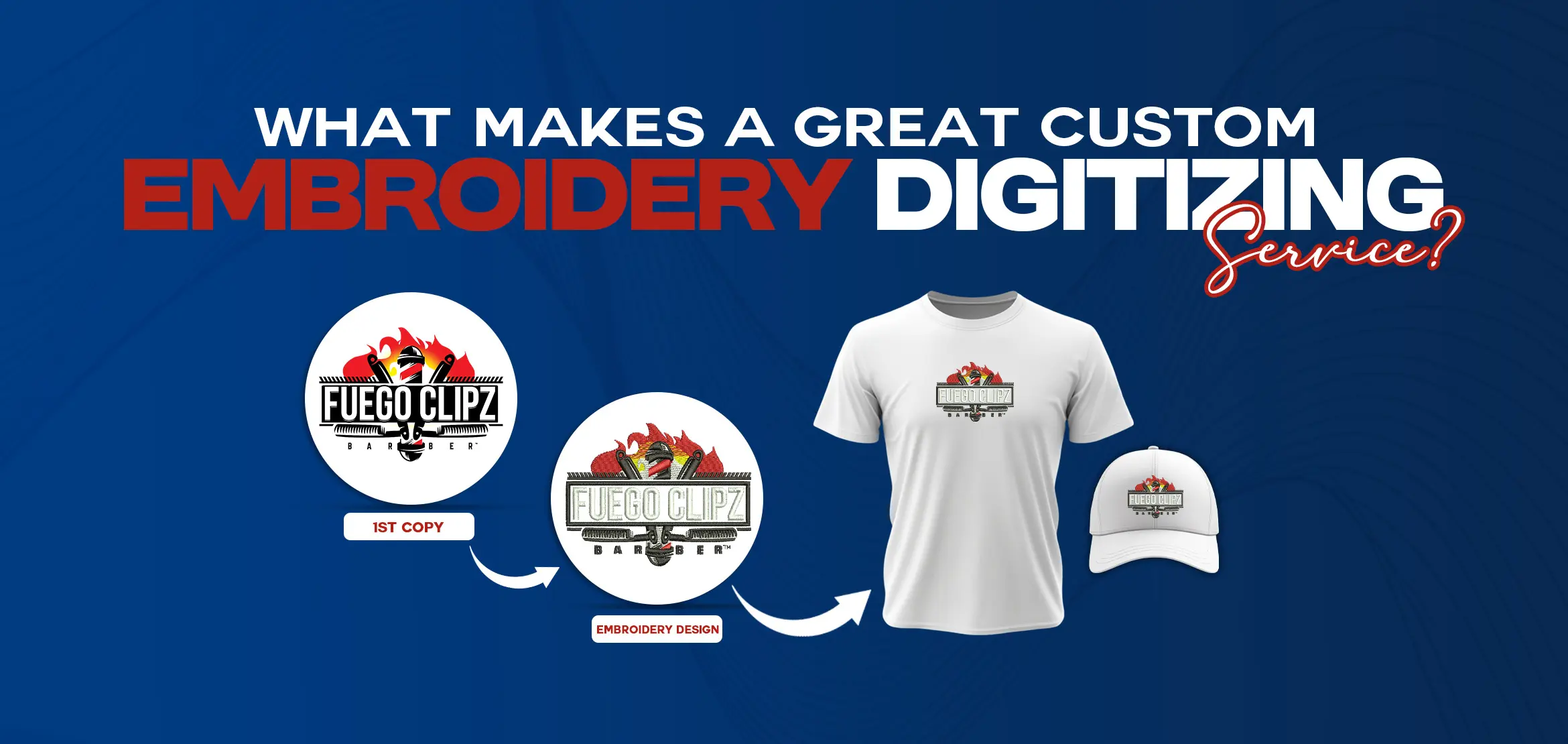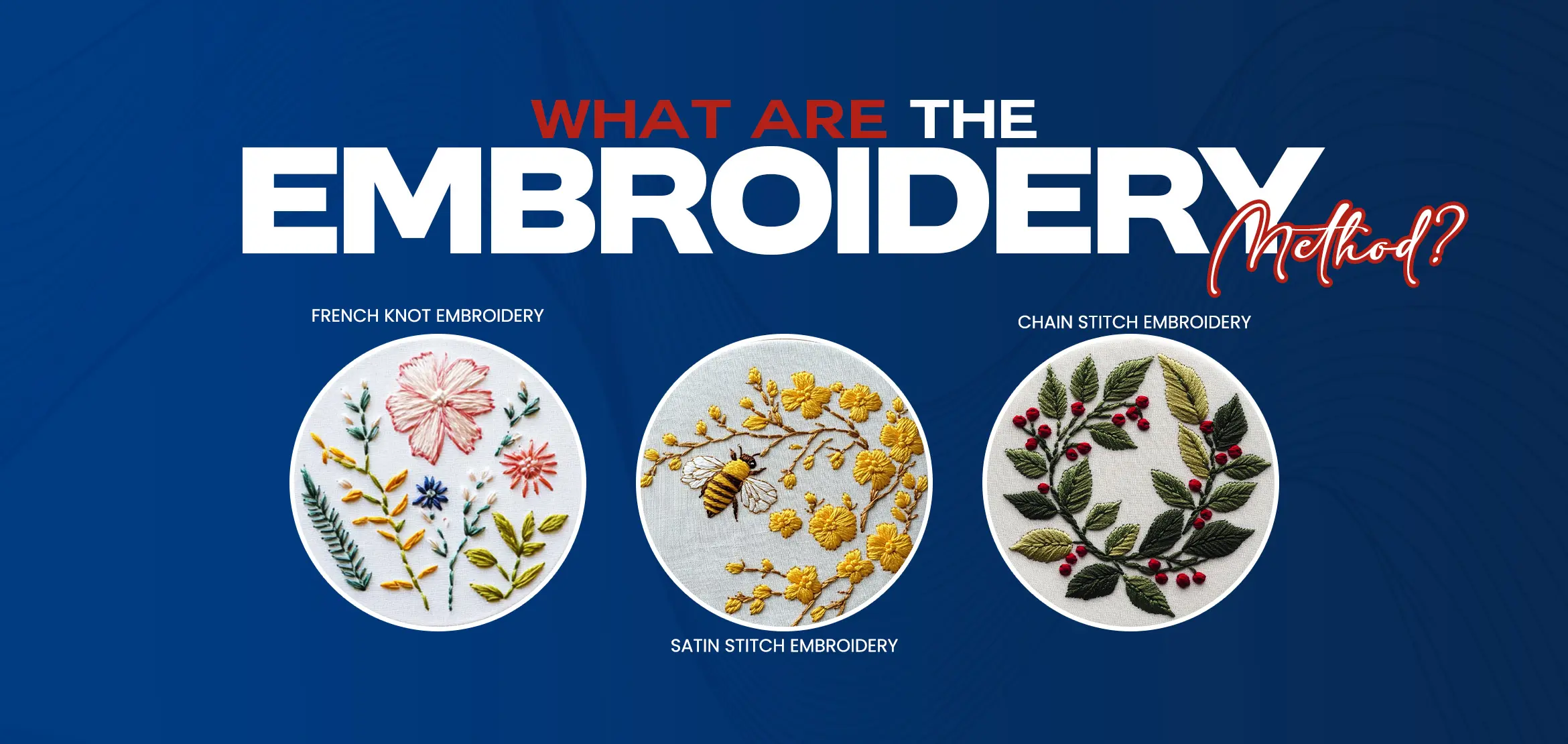
What are the Embroidery methods?
Table Of Content
- Understanding the Digitizing in CAD
- The Advantages of Digital Embroidery
- 1: Faster production times
- 2: Greater efficiency
- 3: Complex designs
- 4: Consistency
- 5: Quality
- 6: Cost-effective
- Exploring the Benefits of Embroidery Digitizing
- Greater Accuracy and Precision
- Quick Turnaround Times
- Flexibility in Designing
- Consistency and Quality Control
- The Difference between Digitizing and Digital Embroidery
- Digitizing
- Digital Embroidery
- Choosing the Right Embroidery Method for Your Business
- Production Time
- Design Complexity
- Quality Control
- Conclusion
Embroidery is a popular form of decoration that has been around for centuries. Many methods are available to create beautiful and unique designs, from traditional hand-stitched designs to modern digital embroidery techniques. In this blog post, we'll discuss the different embroidery methods available and explore the benefits and advantages of each one. Whether you're a business owner looking to add embroidery to your product offerings or a hobbyist looking to improve your embroidery skills, this post will provide valuable information to help you choose the suitable embroidery method for your needs. Digitizing in CAD converts a design into a digital file that an embroidery machine can read. This process involves using specialized software to create a series of stitch commands that the device will use to create the design. Digitizing in CAD allows for greater precision and control in creating embroidered designs. Instead of relying on manual stitching, digitizing creates intricate designs that cannot be achieved with traditional embroidery methods. With digital embroidery, arrangements can be made accurately and produce consistent results. Digitizing in CAD requires high skill and expertise in using specialized software. However, once a design is digitized, it can be easily reproduced on multiple fabrics and sizes, making it an efficient and cost-effective method for creating embroidered designs. Digital embroidery offers numerous advantages over traditional embroidery methods: Digital embroidery machines allow for high-speed stitching, resulting in faster production times. Digital embroidery allows for the simultaneous stitching of multiple designs, reducing the need for manual labor. Digital embroidery machines can more efficiently and accurately create intricate designs and patterns. Digital embroidery produces more consistent results than traditional embroidery, ensuring a uniform look across multiple items Digital embroidery produces higher quality results than traditional embroidery, with cleaner lines and fewer mistakes. High-volume digital embroidery can be more cost-effective than traditional embroidery due to reduced labor costs. Digital embroidery can offer businesses greater flexibility, efficiency, and quality in creating embroidered designs. Embroidery digitizing involves using specialized software to create a digital file that an embroidery machine can read. This process offers many benefits for businesses and individuals looking to create custom embroidered designs. One of the most significant advantages of digitizing embroidery is its greater accuracy and precision in creating embroidered designs. With this process, every stitch is precisely planned and executed, ensuring consistent quality and a professional finish. Digital embroidery also allows quicker turnaround times, as designs can be modified and adjusted quickly and easily. This is particularly important for businesses that need to produce large quantities of embroidered products in a short amount of time. Embroidery digitizing also offers greater flexibility in designing. With traditional embroidery techniques, designs are limited by the skill and experience of the embroiderer. With digitizing, however, complex designs and patterns can be created quickly and easily, and modifications can be made with just a few clicks of a mouse. Digitizing also allows for greater consistency and quality control in the design process. Every product can be produced precisely the same with a digital file, eliminating the risk of human error or inconsistency. This is particularly important for businesses that need to maintain a consistent brand image. Overall, embroidery digitizing is a powerful tool for anyone looking to create custom embroidered designs. It offers greater accuracy, efficiency, and quality control, making it an ideal choice for businesses and individuals. While similar, digitizing and digital embroidery is two different processes for creating embroidered designs. Here's a closer look at each: Digitizing is turning a design into a digital file that an embroidery machine can read. This involves using specialized software to create a series of stitch commands that the device can interpret and use to create the design. Digitizing allows for greater precision and control in creating embroidered designs. It considers the type of fabric and thread to be used, the size and placement of the invention, and other factors that can affect the final result. Digital embroidery uses an embroidery machine to stitch the design onto the fabric. Once the digital file has been digitized, it can be loaded into the embroidery machine, and the device will follow the stitch commands to create the design. Digital embroidery can be faster and more efficient than traditional embroidery methods, allowing for more complex designs to be created more easily. However, it still requires careful attention to detail and proper setup to ensure a high-quality result. Both digitizing and digital embroidery are essential components in creating modern embroidered designs. They provide greater accuracy and flexibility while allowing for traditional embroidery's unique, handcrafted look. When it comes to choosing an embroidery method for your business, there are a few factors to consider: If you're on a tight deadline, digital embroidery may be the better choice. This method allows for quicker turnaround times and higher levels of efficiency. Traditional embroidery, on the other hand, can be more time-consuming and labor-intensive. If your design is complex, with intricate details and multiple colors, digital embroidery may be a better choice. This method allows for more precise and consistent stitching of even the most elaborate designs. Traditional embroidery may have a different level of precision, but it can offer a unique handcrafted look. Quality control is essential for any embroidery project, regardless of the method used. However, digital embroidery allows for greater consistency in stitching, resulting in higher-quality products. On the other hand, traditional embroidery requires a high level of skill and craftsmanship, which can result in slight variations and inconsistencies. Ultimately, the best embroidery method for your business will depend on your specific needs and goals. Whether you choose traditional embroidery, digital embroidery, or embroidery digitizing, work with a reputable service provider to ensure high-quality results.Understanding the Digitizing in CAD
The Advantages of Digital Embroidery
1: Faster production times
2: Greater efficiency
3: Complex designs
4: Consistency
5: Quality
6: Cost-effective
Exploring the Benefits of Embroidery Digitizing
Greater Accuracy and Precision
Quick Turnaround Times
Flexibility in Designing
Consistency and Quality Control
The Difference between Digitizing and Digital Embroidery
Digitizing
Digital Embroidery
Choosing the Right Embroidery Method for Your Business
Production Time
Design Complexity
Quality Control
Conclusion
In conclusion, understanding the different embroidery methods can help businesses choose the best technique. Digitizing in CAD offers precision and control for creating designs, while traditional embroidery provides a high level of craftsmanship and uniqueness. Digital embroidery provides greater efficiency and complexity, while embroidery digitizing offers accuracy and efficiency without sacrificing a handcrafted look. By considering factors such as production time, design complexity, and quality control, businesses can decide on the best embroidery method for their needs.

